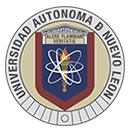Introduction to the Autonomous University of Nuevo León (UANL):
Introduction: The Autonomous University of Nuevo León is a public university in Nuevo León, Mexico, headquartered in San Nicolas de los Garza, a suburb of Monterrey. It is the third largest public university in Mexico and the most important institution of higher education in Northeast Mexico, offering the most academic programs.
Overview: The school has 7 campuses located throughout Nuevo León, mostly in urban areas. It has 84 libraries with 22.38 million books, 27 research facilities, 16 academic journals, 9 main campus bookstores, 25 student computer centers and 53 cafeterias. The school has 6,894 academic staff (2022) and a total student body of 214,871 (2022), including 130,179 undergraduates, 5,209 graduate students and 79,427 high school students.
History: Its predecessor can be traced back to the Civil College founded in 1859. On September 25, 1933, the University of Nuevo León was founded. It was closed in 1935 and reopened on September 13, 1943. In 1971, the school gained autonomous status and was renamed the Autonomous University of Nuevo León.
Date of establishment: September 25, 1933.
Strength of school: The school has a strong faculty with 438 full-time researchers. It has achieved fruitful results in academic research, published 16 academic journals, and its research results are rated "high" in the QS World University Rankings. The professional settings are rich and diverse, offering 304 high school, undergraduate and graduate courses, of which 31 dual degree courses are offered in cooperation with other internationally renowned universities. The majors of mechanical and electrical engineering and manufacturing engineering have been accredited by the Spanish National Teaching Quality Evaluation and Recognition Agency and obtained the EUR-ACE label.
Nature of the institution: Public research university.
Educational philosophy: Emphasize the combination of practice and theory, and focus on cultivating students' critical thinking and ability to solve practical problems.
Key laboratories and disciplines: No key laboratories have been identified yet. In terms of disciplines, medicine, engineering, social sciences, humanities and arts have strong strengths. Mechanical and electrical engineering and manufacturing engineering are its advantageous majors and have a certain degree of international recognition.
Faculty: The main campus has a law school, a school of mechanical and electrical engineering, a school of biological sciences, a school of chemistry, a school of public accounting, a school of philosophy, a school of architecture and industrial design, etc. The medical science campus has a medical school, a school of dentistry, a school of nursing, and a school of psychology. The Medeiros Humanities and Arts Campus has a school of visual arts, a school of performing arts, a school of music, a school of economics, and a school of political science, etc.
Ranking: Ranked 1001-1200 in the 2025 QS World University Rankings and 1522 in the USNEWS World University Rankings. Ranked fourth in the "Best Universities in Mexico" ranking published by the Mexican Rankia organization in 2014.
Cost: As a public university, tuition is relatively low. For Mexican students, tuition is usually cheaper, and the specific cost varies depending on the major and course. For international students, tuition may vary, and is generally within an acceptable range, but may be adjusted according to different disciplines and programs. In addition, students are required to bear living expenses, including accommodation, food, transportation, etc. Monterrey is a more developed city in Mexico, and the cost of living is relatively high, but the school provides a variety of scholarships and grants to help students reduce the financial burden.
Campus environment: The campus environment is beautiful and the facilities are complete. Each campus is equipped with modern teaching facilities, laboratories, libraries, sports facilities, etc. The main campus has sports facilities such as football fields and gymnasiums, providing students with a good learning and living environment. The school also pays attention to campus cultural construction, and often holds various academic activities, cultural activities and sports competitions to enrich students' extracurricular life.
-

National Autonomous University of Mexico
-

Anahuac University of North Mexico
-

Universidad Autonoma de Guadalajara
-
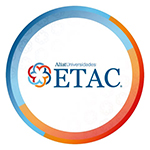
Universidad ETAC
-

Meritorious Autonomous University of Puebla
-
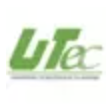
Technological University of Tulancingo
-
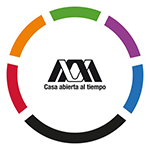
Metropolitan Autonomous University
-

Autonomous University of Sinaloa
-
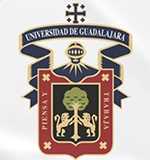
University of Guadalajara
-
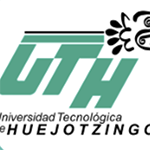
Technological University of Huejotzingo
-

Mesoamerican University
-

Istmo University
-
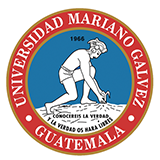
Mariano Galvez University of Guatemala
-
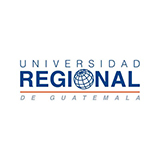
Regional University of Guatemala
-
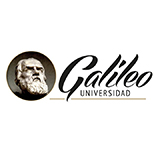
Galileo University
-
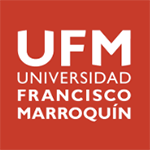
Francisco Marroquín University
-

Rafael Landívar University
-
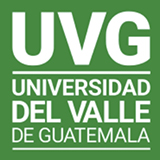
University of the Valley of Guatemala
-
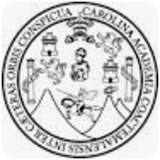
University of San Carlos of Guatemala
-

Technological Institute of Tlaxcala Plateau
-

Golfo University
-
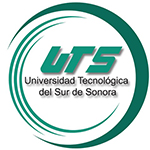
Technological University of South Sonora
-

Technological University of Huejotzingo
-

Tizimín Institute of Technology
-
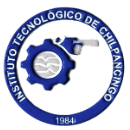
Chilpancingo Institute of Technology

